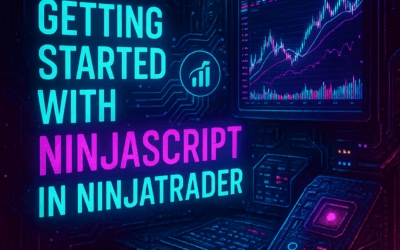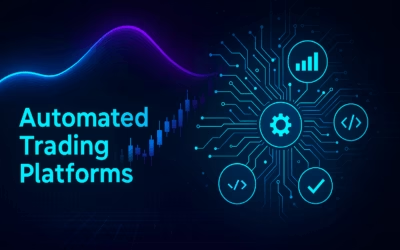Execution quality is the hidden edge for modern traders. As markets evolve, machine learning (ML) has emerged as a powerful force for smarter, more predictive order execution. Whether you’re a quant developer, trading desk, or fintech founder, understanding ML-driven execution is the key to reducing slippage, improving fills, and staying competitive. This guide walks you through the foundations, practical models, and hands-on tips to harness ML for order execution.
1. Why Machine Learning in Order Execution?
- Anticipate, don’t react: Predict market moves and book shifts before they happen.
- Reduce slippage: Enter and exit positions at optimal prices, even in fast or thin markets.
- Adapt dynamically: Let your execution adapt to live market conditions, not just static rules.
2. Core ML Techniques for Predictive Order Execution
Order Flow Imbalance (OFI) Prediction
ML models (tree ensembles, neural nets, or hybrid approaches) can forecast short-term pressure in the limit order book—helping you time entries or exits before large moves.
Alpha Profiling and Execution Scheduling
Profile trader or strategy “alpha” to optimize execution speed and aggressiveness—slow for stealth, fast for market-moving signals.
Meta-Labeling for Signal Filtering
Apply a secondary ML model to filter out low-quality or noisy trading signals, increasing win rates and execution efficiency.
Deep Learning on Order Book Data
Convolutional or recurrent neural networks, trained on raw order book “images,” can forecast price jumps or liquidity vacuums within milliseconds.
3. ML-Driven Execution System Architecture
- Data Ingestion: Collect tick data, order book depth, trade prints, and optionally news/sentiment streams.
- Feature Engineering: Create features like OFI, price volatility, volume spikes, and microstructure signals.
- Model Training: Use robust models (e.g., XGBoost, LSTM, CNN) with rigorous walk-forward validation to avoid overfitting.
- Backtesting & Simulation: Simulate realistic fills, latency, slippage, and dynamic transaction costs.
- Live Execution Integration: Plug model predictions into your smart order router, adjusting order size, timing, and routing based on confidence and market state.
4. Benefits, Risks, and Best Practices
- Benefits: Lower slippage, improved fill rates, adaptive execution under changing market regimes.
- Risks: Overfitting, data drift, unexpected latency or integration issues. Always monitor in live trading and retrain regularly.
- Best Practices: Use walk-forward testing, ensemble models, and monitor model performance in real-time. Build robust fallback logic in case predictions degrade.
5. Example Pipeline (Simplified)
# Pseudocode for ML-driven order execution
features = engineer_features(orderbook, trades)
m1_pred = model1.predict(features)
m2_conf = meta_model2.predict(features)
if m2_conf > threshold:
route_order(m1_pred)
else:
wait_or_use_default_strategy()
6. Real-World Applications
- Proprietary trading firms: ML-enhanced execution for alpha preservation and reduced market impact.
- Institutional desks: Dynamic smart order routing, improved VWAP/TWAP performance, and regulatory best-execution.
- Algo developers: Faster iteration cycles and safer experimentation using ML-driven simulation environments.
Tip: Start with interpretable models, then experiment with deep learning and ensemble stacks as your data and confidence grow.
Ready to Deploy Machine Learning–Driven Execution?
Whether you need custom indicators, predictive models, or seamless platform integration, our team at Ninja Code Solutions can help you take the next step. Contact us to start your ML journey today!




0 Comments